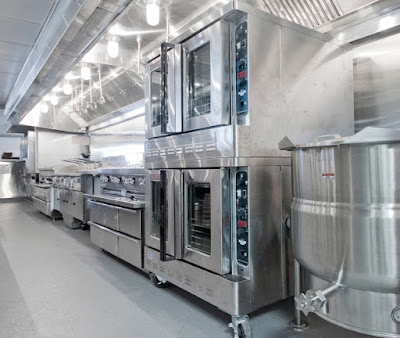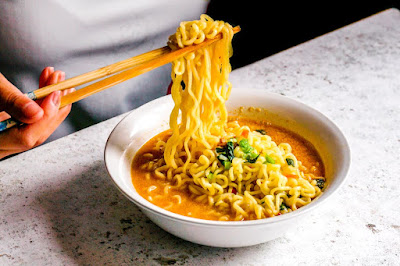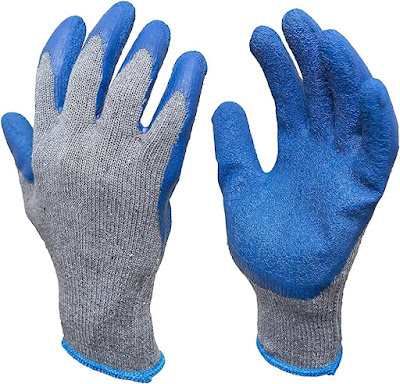Choosing the Right Food Service Equipment for Your Commercial Kitchen

Food Service Equipment All commercial kitchens require a variety of food service equipment to function properly and produce meals efficiently. Some key types of equipment that should be considered include refrigeration, cooking, food preparation, dishwashing, and storage equipment. Refrigeration is essential for keeping food fresh and safe. Commercial refrigerators and freezers in various sizes are needed for storing raw and prepared ingredients at the proper temperatures. Walk-in coolers and freezers provide large-capacity refrigerated storage. Glass-door merchandisers display food attractively while maintaining safe temperatures. Cooking equipment forms the core of any commercial kitchen operation. Stoves, ovens, fryers, and grills are used for basic cooking functions. Stoves provide burners for pots and pans, while ovens bake and roast foods. Fryers cook with oil or other fat at precise temperatures. Grills sear meats and other proteins. Specialty items like combi ovens combine





